Splatoon: A Retrospective
There’s something to be said about the existence of Splatoon, being thrown into the gaming landscape of 2015. Its original take on the shooter genre was a fresh new IP from Nintendo--the company infamous for reiterating their tried and true characters for decades--that emphasized how fun should be first in gaming, and how the Wii U didn’t hold back Nintendo’s creative minds. The Nintendo Switch release, Splatoon 2, has just wrapped up its final Splatfest. I’d like to take a look back at Splatoon as a series and explain why it has already made such an impact.

Nintendo
Splatoon, the Wii U's hidden gem
Splatoon 1
If you haven’t had much exposure to Splatoon, I’ll give a summary to what it’s all about. In 2014 at the only height of the Wii U’s lifespan, the first Splatoon was revealed at E3 as a shooter game full of squids kids by the developers of Animal Crossing. The “Inkling” characters can shoot ink and transform into squids that can hide and quickly travel through their ink. Ink is the core of the game, as the simple modes of shooting and swimming laid a foundation of enjoyable gameplay that beats all else. Weapons like paint rollers, washing machines, squirt guns, and gasoline nozzles made the shooting more interesting than basic gunplay. Splatoon featured a modest launch in 2015 with a variety of characters, stages, and modes, but featured a year of updates that packed it with content. The game was always fun, but it was evident in the presentation that Nintendo held resources back from the team because the IP was not yet proven.
The Squid Kids were a success, however, selling around 5 million copies on the Wii U’s 13.5 million install base. This made it one of the console’s best selling games, trailing right behind the likes of Super Smash Bros. for Wii U and Super Mario 3D World. For a brand new IP, this was a massive success and the game was all but guaranteed to become a Nintendo mainstay. Fast forward to 2017 with Splatoon 2, and the series is able to please new audiences on the Switch.
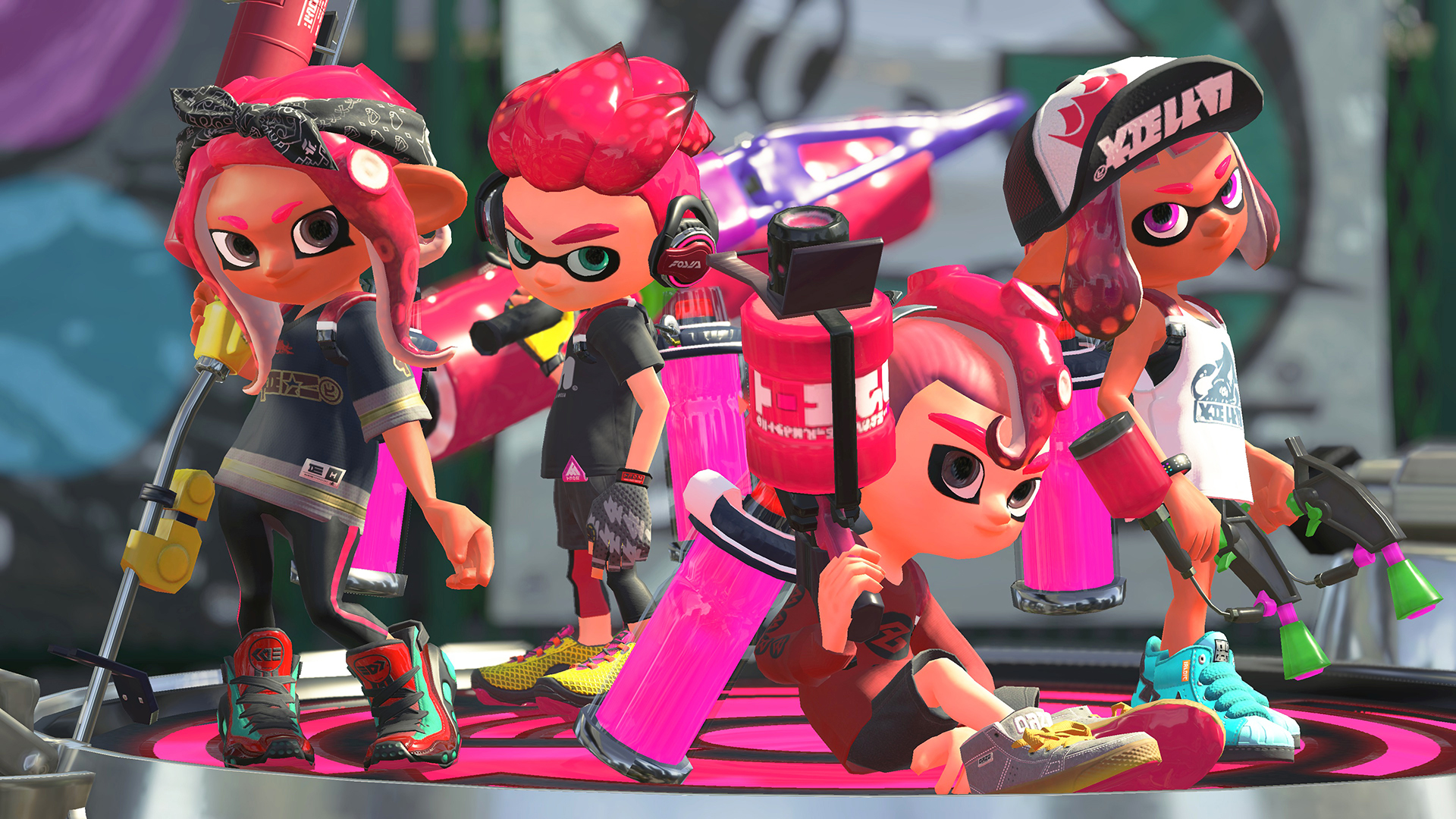
Nintendo
Inklings and Octolings are a fresh-dressing species
Splatoon 2: More Splatoon
Splatoon 2 is a sequel that had to stand on its own to please the first time buyers on the Switch, while also improving and evolving for the fans coming from the Wii U. Nintendo met this expectation by introducing loads of new content including fresh weapon ideas, new modes, and a grander world. The singleplayer campaign evolved from Splatoon 1 by changing the Mario Galaxy-like stage design to support the huge variety of weapons. It even continued the story, being shaped by fans in the last in-game Splatfest event of the first game.
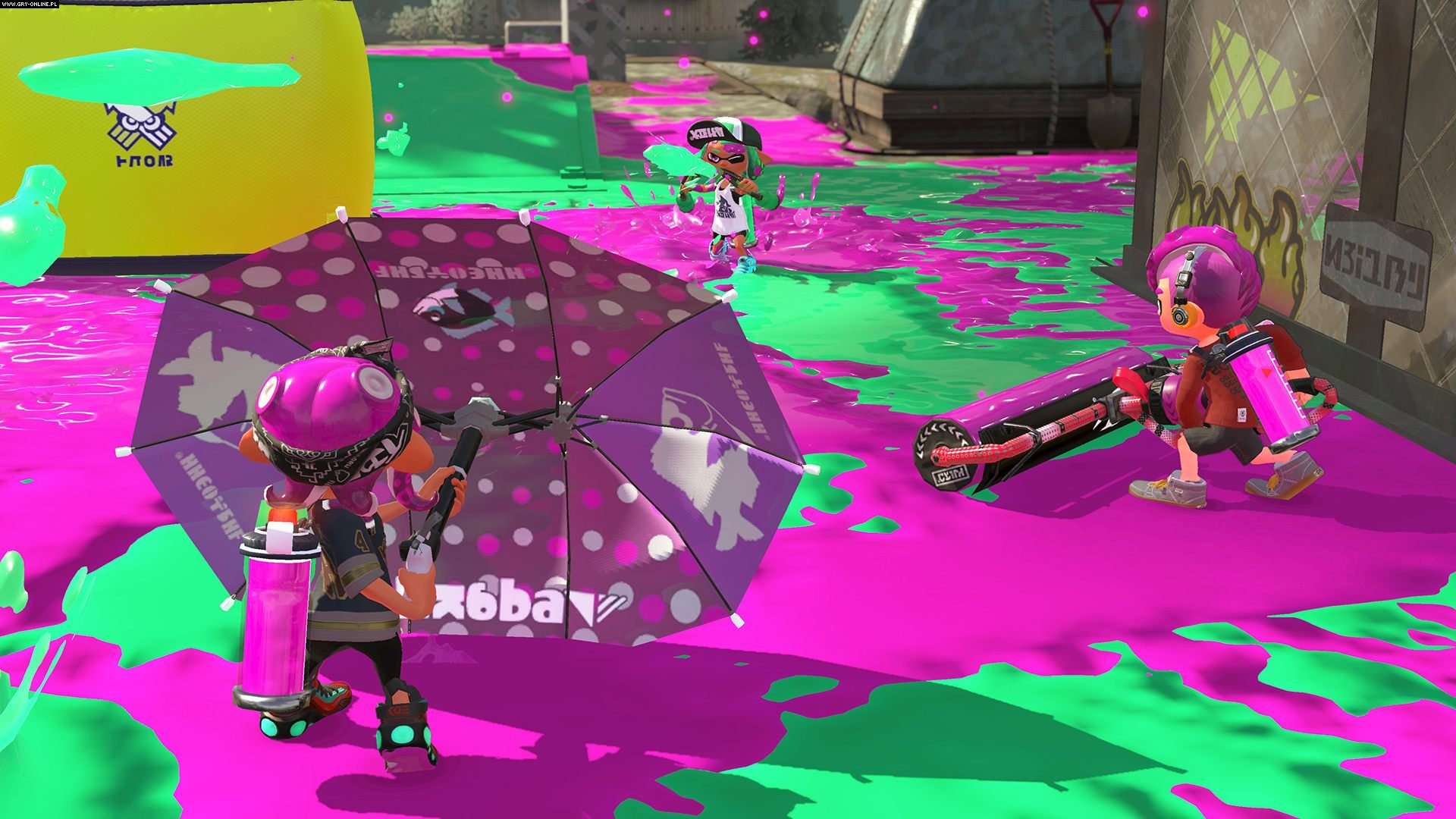
Nintendo
Ink Brellas are a ridiculous good time
While Splatoon 2 is mostly iterative, building onto the foundation set in 2015, everything in the game feels fresh and improved. It is clear that Nintendo gave the development team the high-budget treatment, letting them run wild with new ideas that were fully polished. New weapon types like dual-wielded guns, bath tubs, umbrellas, and ballpoint pens improved the already great variety, and kept expanding over its lifetime.
One major introduction featured in the sequel was a cooperative team zombie horde mode known as Salmon Run. This was an exciting shift as it moved the focus from PvP to PvE, and brought in a whole new pillar of the game where players united against a common enemy. Salmon Run is a lot of fun and further emphasized that Splatoon 2 was more than a deluxe port.
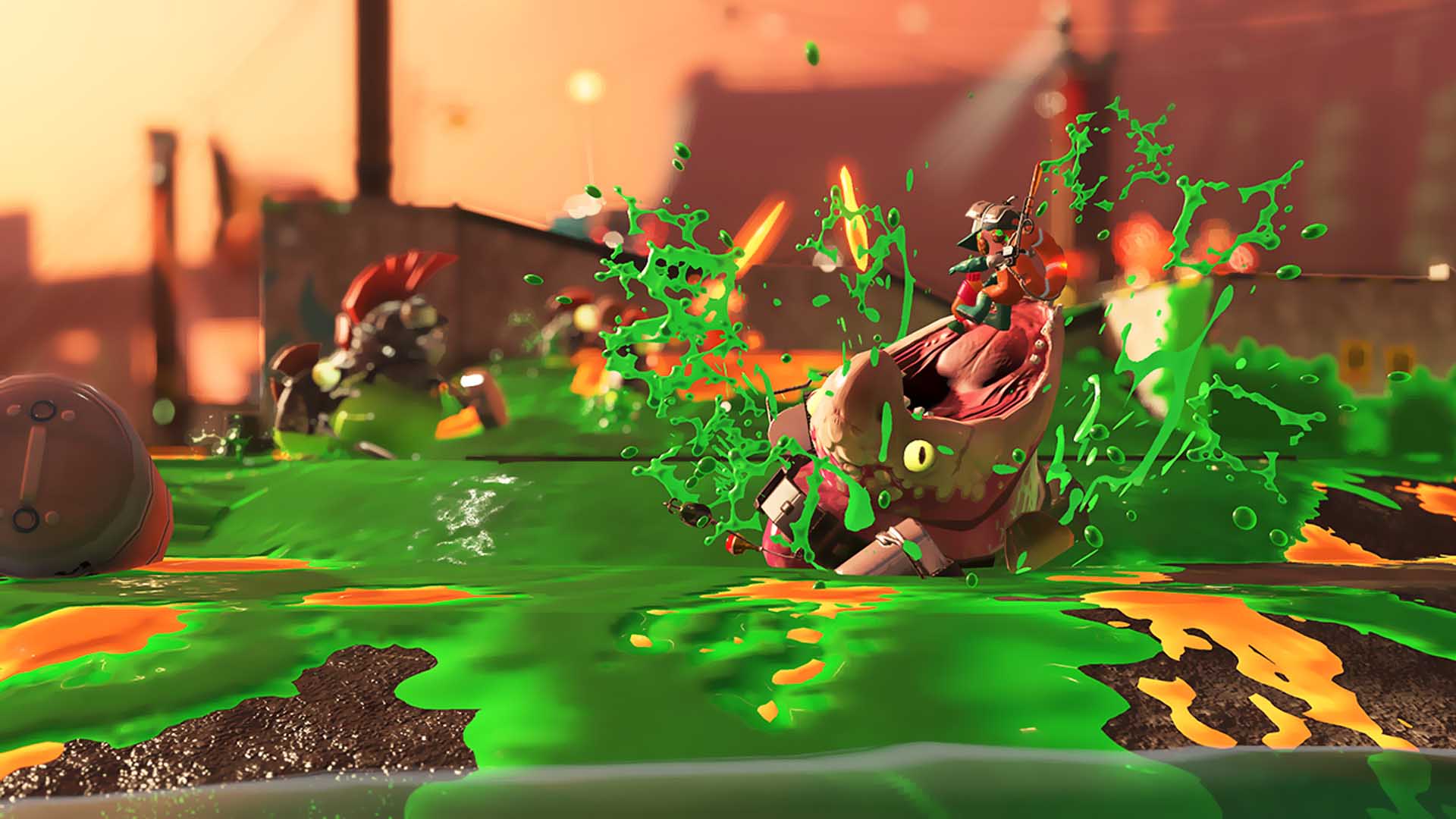
Nintendo
Salmon Run is a great change in atmosphere
2018 featured a new DLC campaign, the Octo Expansion, with a large sum of challenges that added even more lore to the Splatoon universe. This even introduced a new playable species of Octolings to the multiplayer world. It was critically acclaimed for including a hefty amount of great content and introducing a deeper background for the underground enemies of the game.
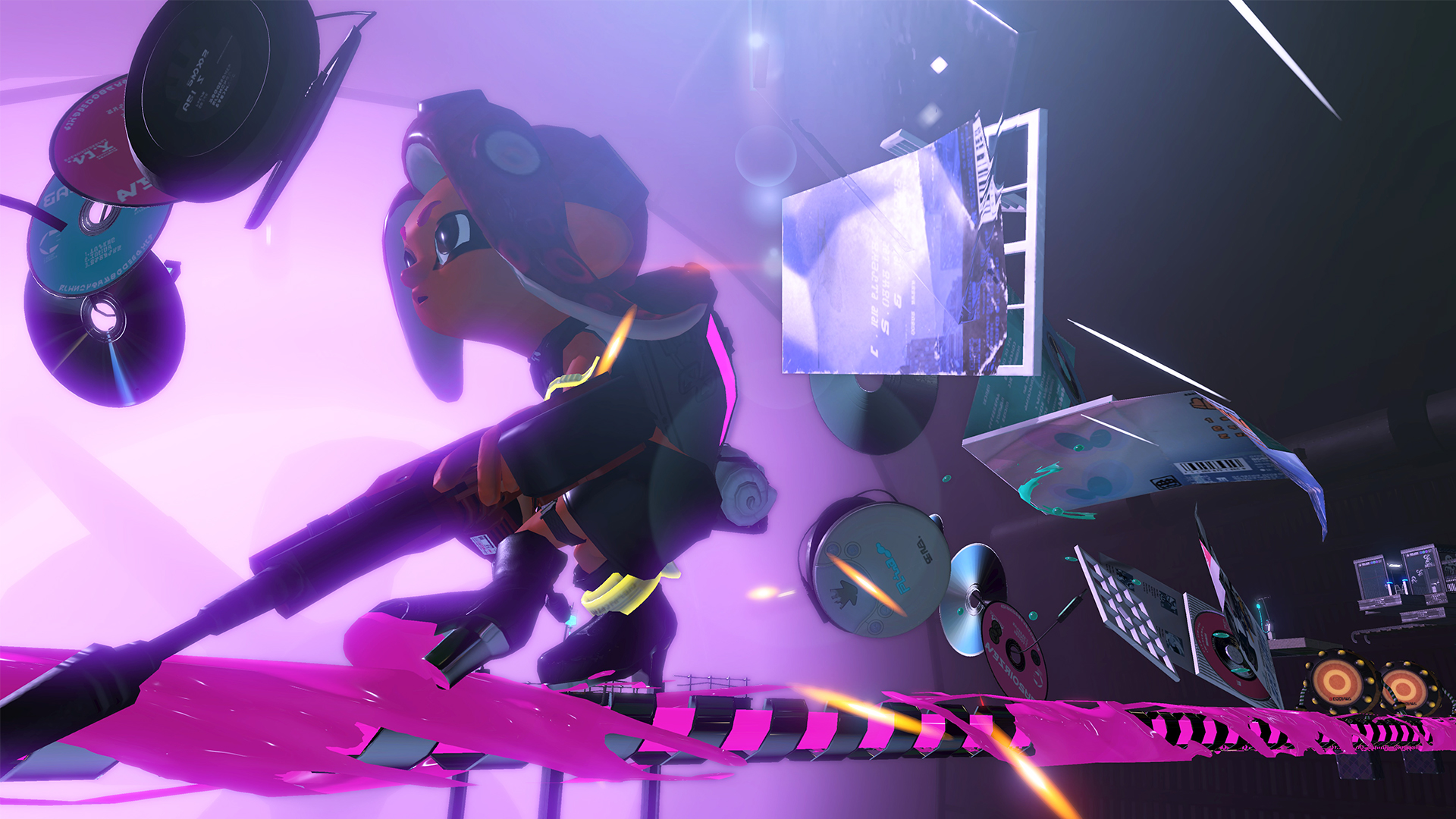
Nintendo
Agent 8 in the Octo Expansion
Gameplay Fun
Every time I go back to Splatoon, I can’t help but feel an overwhelming sense of fun. Everything just feels right. Before Splatoon, the gameplay in the best Mario games were on the pedestal for me for being enjoyable to simply play. Splatoon tops Mario’s jump and takes it to another level. While being a shooter at the core, the singleplayer campaign demonstrates how the inking and squid mechanics translate so well into platforming. It is astounding how the core gameplay of Splatoon can cross genres effortlessly.
Online multiplayer battles are the star of the series, and the inking mechanics contribute to a complex, intense environment that players of all skill levels can enjoy. The magic of it is how every move has a domino effect, and every simple choice has multiple effects on the match. Since the start, Splatoon was celebrated for being an accessible shooter where great aim was unnecessary because even shooting the ground assists the team. The versatility of the player lends to all kinds of playstyles. Hiding in ink to shark players as they approach, fighting off players on the front lines with melee rollers, getting long distance splats with ranged weapons, or simply laying ink to give your team more map control--all options that contribute to the team while demanding varied amounts of skill.
As the game grew and the competitive community alongside it, it became clear that it was viable as an esport with a huge skill ceiling. It is unfortunate that it has yet to grow as a major esport, but it is well deserved of it for being fast-paced while effortlessly communicating the match to spectators with bright colors. Nevertheless, the competitive scene has continued to evolve as players improve.
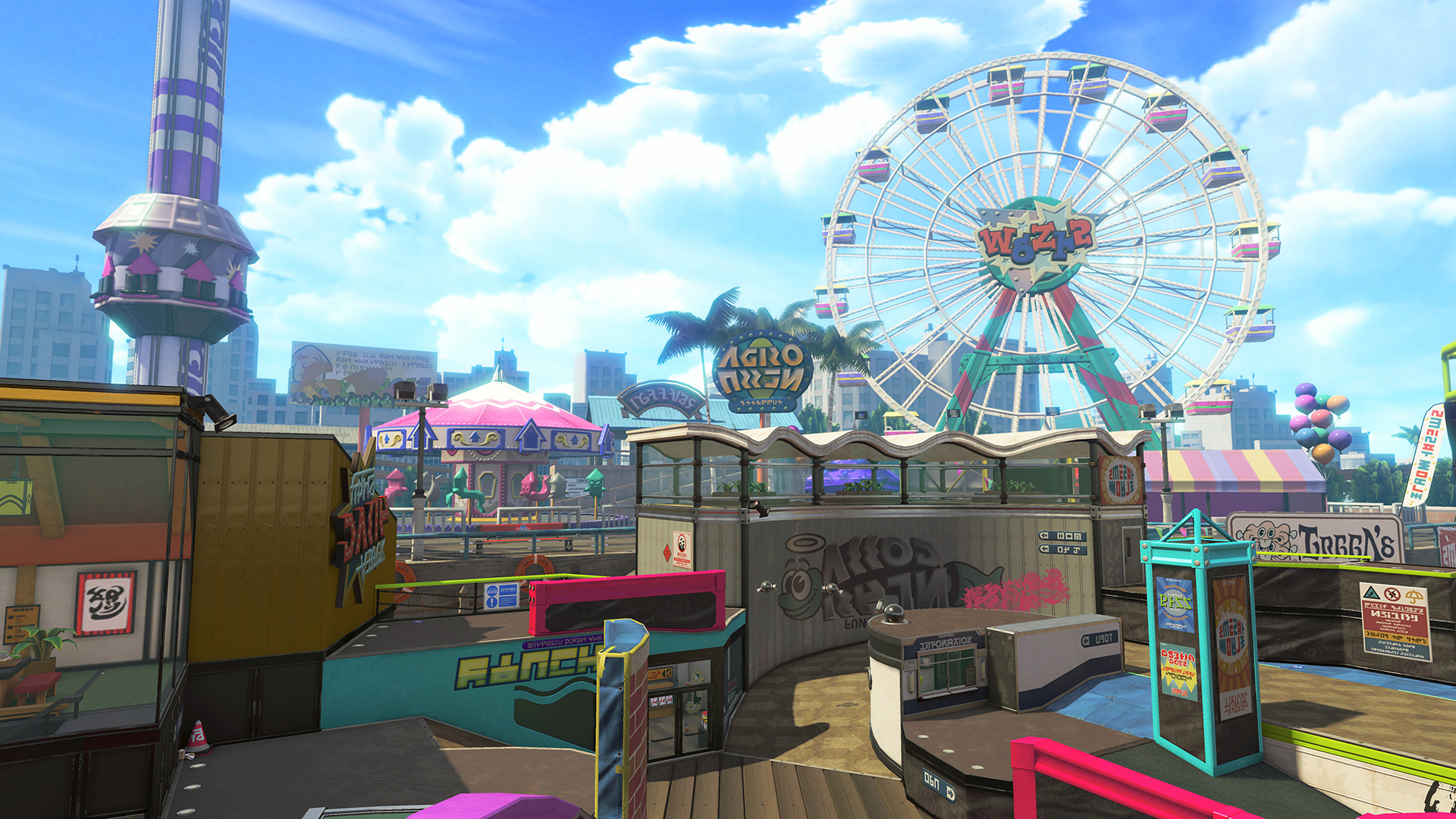
Nintendo
Wahoo World
Originality
Over recent years, it has been refreshing to see more and more developers taking aim at brighter, more creative games as the generations before featured an overwhelming amount of gritty, yet popular shooters. Splatoon broke free from the norm for shooters in 2015. While the lore features a dark, apocalyptic world, on face value the game is full of eye-catching colors and wacky characters. Fitting right in to Nintendo’s lineup of Mario, Zelda, Animal Crossing, and others, it felt immediately familiar upon arrival. The claim that “Nintendo doesn’t have any new ideas, they just repeat the same game,” has never been less true. Even after two games, it is exciting to imagine where the series can go from here. Considering the massive growth of popularity, especially in Japan, I’ll be shocked if Splatoon doesn’t eventually grow to the heights of Mario and Zelda.
A Bright Future
Splatoon represents everything that Nintendo, and gaming as a whole, should strive to be. It is a game with fresh ideas, loads of content that isn’t locked behind microtransactions, and enjoyable gameplay as the main attraction. I love Splatoon, and now that Splatoon 2 has seen it’s final Splatfest and content updates, it is exciting to both look forward to future installments in the series and look back at what an amazing experience it has been so far.
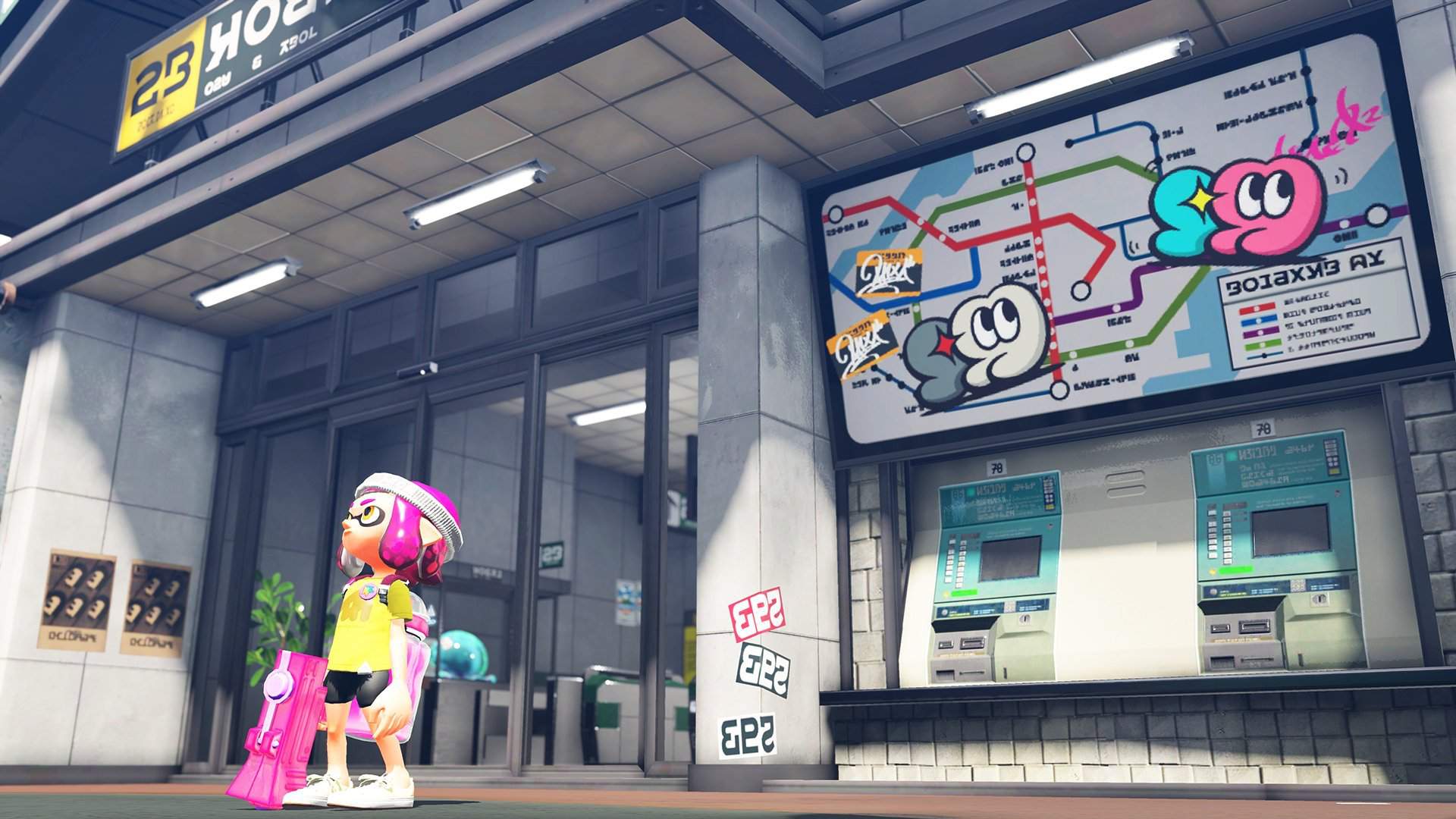
Nintendo
New inkling takes its first steps
I can’t review Splatoon because despite its flaws in technical elements, it is a masterpiece of gameplay that can’t be numerically defined, as everyone will find a different experience within it. However, if you are intrigued by the Inkling and Octoling world, there has never been a better time to get into Splatoon 2 as all of the content it has accumulated over the years is now fully available. Oh, and it has great puns.

Comments